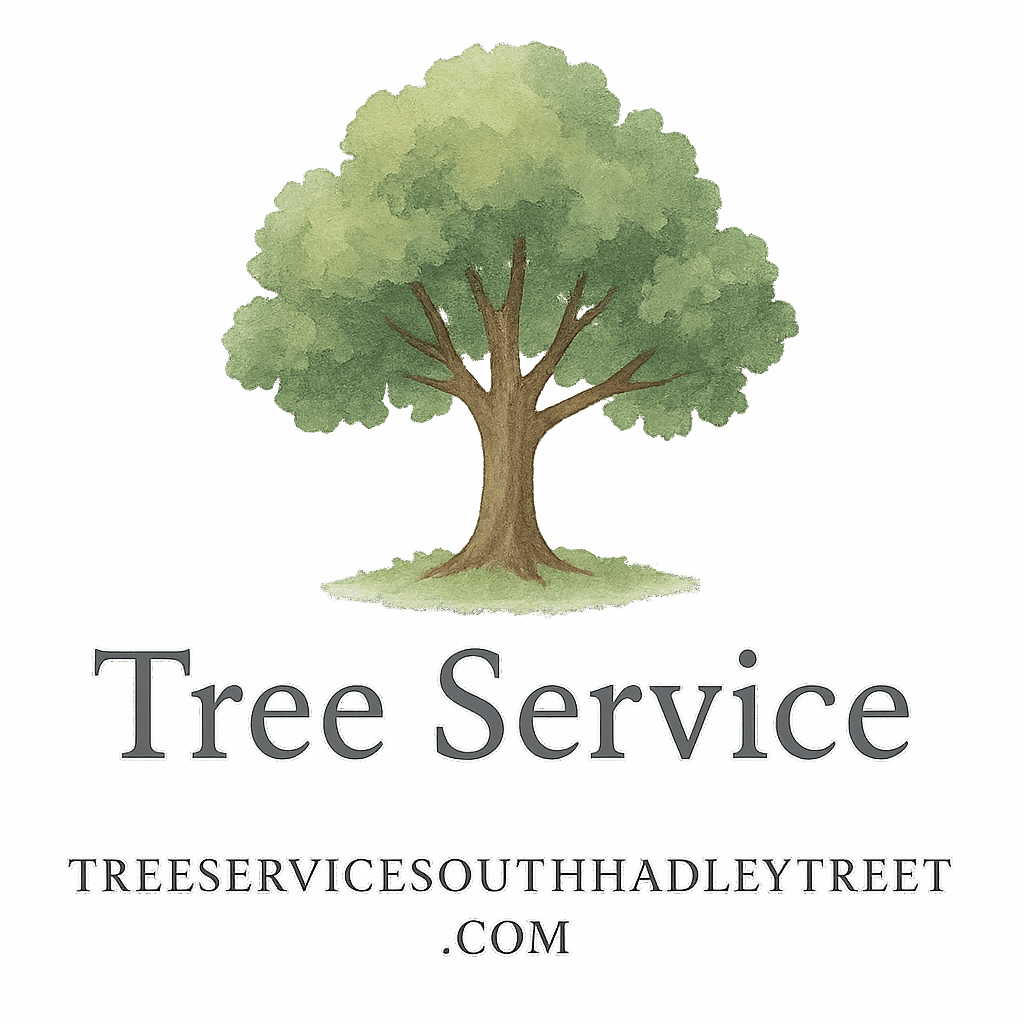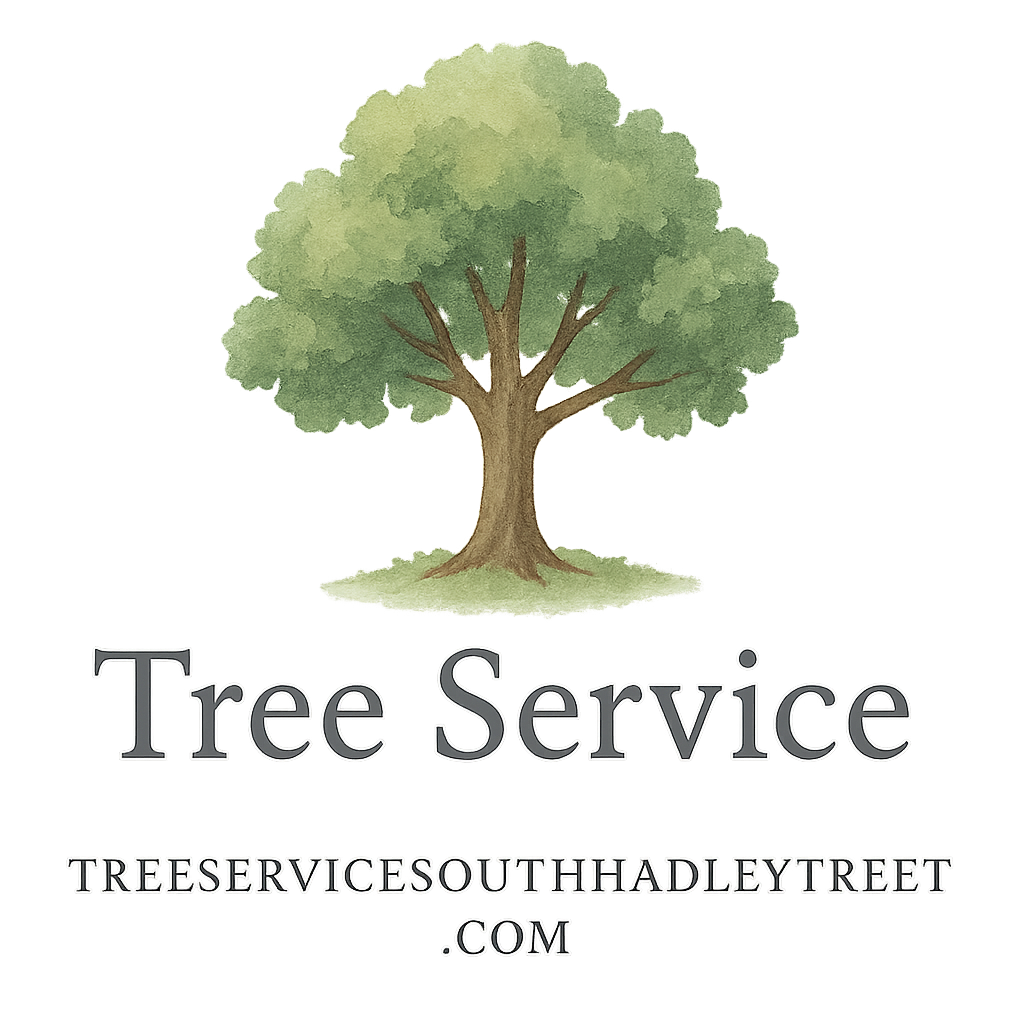Introduction: The True Cost of Tree Service
Tree service contracts can feel like a jungle—pun totally intended. You think you’re getting a fair deal, but then you get the final invoice and it’s loaded with fees you didn’t expect. These hidden fees in tree service contracts are more common than you think and can make your initial quote look like a teaser ad.
Whether you’re scheduling routine maintenance or responding to a storm emergency, it’s critical to understand every cost. This guide uncovers 5 hidden fees that can turn your affordable quote into an expensive surprise—and how to avoid them.
💡 Related: Understanding the Basics of Tree Service
1. Equipment Surcharges
What Are Equipment Surcharges?
Some tree service companies sneak in additional fees for specialized equipment like cranes, stump grinders, or aerial lifts. While you might assume these are included in the quote—spoiler alert—they often aren’t.
Why They’re Not Always Disclosed Upfront
It’s common for companies to underquote to appear cheaper than competitors. Then, once work begins, you’ll hear, “Oh, we needed to bring in a crane, that’s an extra $500.”
📌 Tag Alert: Hidden Pricing in Tree Service
How to Avoid Surprise Charges
- Ask for a breakdown of equipment costs upfront
- Insist on an “all-inclusive” quote in writing
- Get at least 3 quotes for comparison: Compare Tree Service Quotes
2. Disposal and Hauling Fees
What Happens to Your Tree After It’s Cut Down?
Many assume the job ends when the tree hits the ground. But what happens to all the branches, leaves, and logs?
Common Disposal Charges Buried in Fine Print
You’d be surprised how many contracts include a line like “debris removal not included.” Translation? You’ll either pay extra or be stuck with a yard full of brush.
Read more: Tree Removal and Trimming Guide
Tip: Ask for “All-Inclusive” Quotes
Ensure your quote covers:
- Hauling logs and debris
- Wood chipping
- Stump disposal
📎 Related Topic: Checklist for Tree Services
3. Emergency or Last-Minute Service Charges
The “Rush Fee” You Didn’t Expect
Emergencies don’t wait, and neither do tree service companies when it comes to inflating prices for urgent calls.
Resource: Emergency and Seasonal Tree Service
How Emergency Tree Services Inflate the Bill
Expect charges for:
- After-hours services
- Weekend or holiday calls
- Same-day response times
These can sometimes double your bill.

Know When It’s Truly an Emergency
Use this checklist:
- Is the tree posing immediate danger?
- Can it wait 24–48 hours?
- Have you contacted your insurance?
🌀 Learn more about Storm Damage Services
4. Permitting and Paperwork Charges
Do You Need a Permit to Remove That Tree?
In many towns, yes. Cutting down a tree without proper permits can land you a fine.
How Some Companies Pass on Permit Costs to You
Some companies handle permits for you—but charge a hefty “convenience” fee.
Explore more: Tree Health and Safety Rules
DIY Permits vs. Full-Service Handling
Ask:
- Can I pull the permit myself?
- Is the fee separate or included?
- Can you provide a permit copy?
🔍 Tag this: Tree Service Questions
5. Post-Job Site Cleanup Charges
What Cleanup Should Be Included
The site should be cleaner than when the crew arrived. That’s not just courteous—it’s expected.
Sneaky “Final Hour” Cleanup Fees
Watch for vague phrases like “basic cleanup.” That might mean they’ll blow leaves around but won’t remove anything.
Checklist: What to Confirm Before Signing
✅ Leaf and debris removal
✅ Raking and sweeping
✅ Hauling away cuttings
Related Tag: Tree Maintenance Tips
Bonus: Watch Out for Scope Creep
What Is Scope Creep in Tree Service?
It starts as “we’ll remove this tree,” but suddenly includes trimming another, removing a stump, or extra clearing—each with a new fee.
How to Lock Down a Fixed Quote
- Demand a detailed, itemized scope
- Include “no additional charges without approval” clause
- Document all verbal agreements in writing
🛑 Tip: Avoid Tree Service Scams
Understanding Tree Service Contracts
Common Red Flags in Contracts
- Vague language
- Missing permit responsibility
- No equipment listing
- No cleanup clauses
What to Look for Before Signing
✔ Transparent pricing
✔ Equipment clearly listed
✔ Cleanup included
✔ Insurance and liability clauses
How to Compare Tree Service Quotes
Apples-to-Apples Comparison Strategy
One quote might be $1,000 and another $1,300. The cheaper one could exclude hauling, stump grinding, and permits—costing you more in the end.
What’s Missing Might Cost You More
Always compare:
- Scope
- Equipment
- Cleanup
- Permit fees
🔗 Link to Compare Tree Services
Why Hiring Professionals Matters
You Get What You Pay For
Amateurs cut corners, skip permits, and disappear after half-cleaning the site.
Licensed, Insured, and Transparent
Only hire:
- Insured companies
- Teams with credentials
- Services with good reviews
Trusted resource: South Hadley Tree Experts
Conclusion: Know Before You Sign
Hidden fees in tree service contracts are more than just a nuisance—they’re expensive mistakes waiting to happen. By knowing what to look for, asking the right questions, and insisting on transparency, you can keep your wallet safe while keeping your trees trimmed and healthy.
🌳 Want professional help? Visit Tree Service South Hadley TNT ETS to get expert quotes and trustworthy advice.
FAQs
1. How can I avoid hidden fees in a tree service contract?
Always ask for a written, itemized quote and clarify what’s included—especially equipment, cleanup, and permit costs.
2. Are disposal fees usually included in tree service quotes?
Not always. Many companies charge extra for hauling and disposal. Always confirm before signing.
3. What’s a typical emergency tree service fee?
It varies but expect a surcharge of 25–100% for emergency services, especially on weekends or holidays.
4. Can I get my own tree removal permit?
Yes, in many areas you can apply for permits yourself, potentially saving on “processing fees” some companies add.
5. Why do some quotes seem way cheaper than others?
Cheaper quotes often skip key services like cleanup, hauling, or include hidden charges. Always compare apples to apples.
6. What’s the best time to schedule tree service to avoid rush fees?
Early spring or late fall is ideal. Avoid post-storm peak times when demand—and prices—are high.
7. Is it worth paying more for a licensed tree service?
Absolutely. You get insured workers, clear contracts, and accountability—things you don’t want to compromise on.


